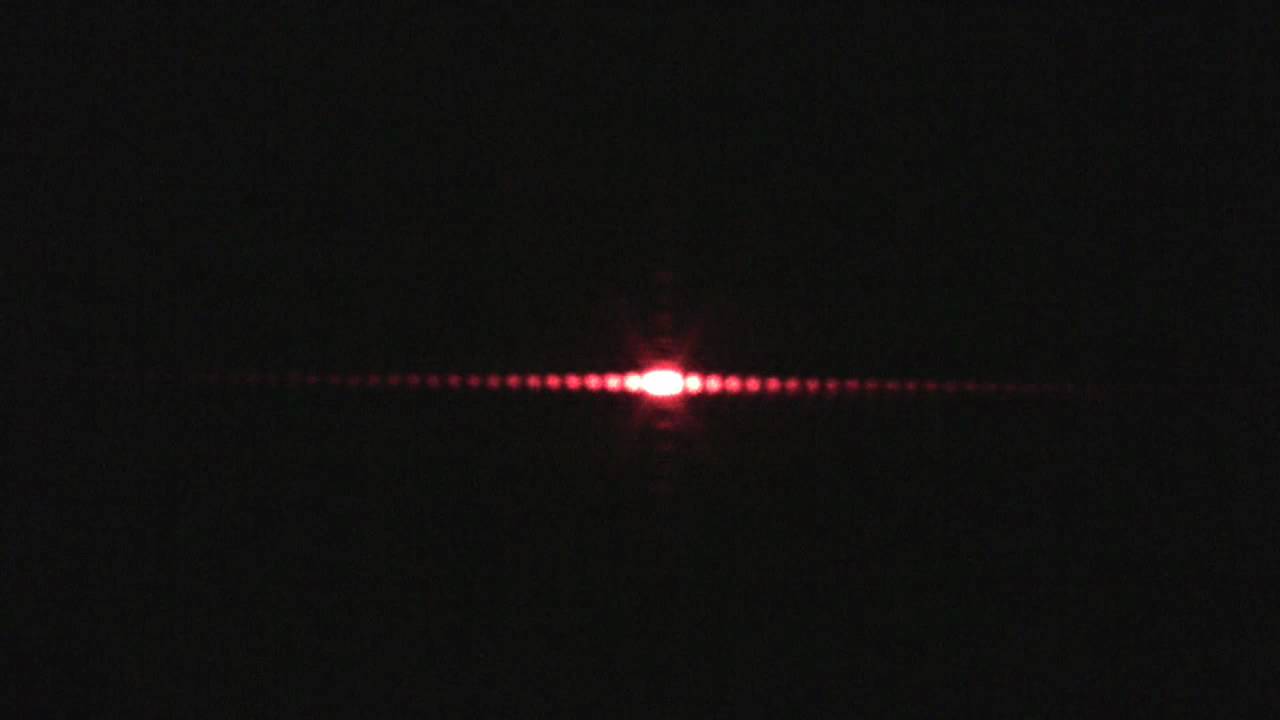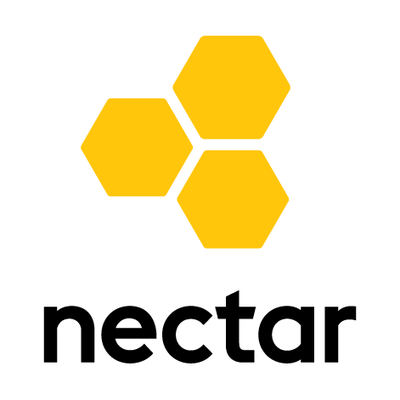 In this experiment you will learn about x-ray imaging and how it is used in the research and medical industries. The main focus of this activity is introducing the concept of 3D imaging and how you can build a 3D image of an object by taking a set of regular 2D images and rotating the object between exposures. In the medical industry, a 3D image is commonly referred to as a CT scan (Computed Tomography Scan) or CAT Scan (Computer Axial Tomography Scan). You will learn how the number of 2D projections affects the quality of the 3D image, and the balance that doctors must strike between taking a good quality 3D image (lots of 2D images) while limiting the patient’s exposure to x-rays.
In this experiment you will learn about x-ray imaging and how it is used in the research and medical industries. The main focus of this activity is introducing the concept of 3D imaging and how you can build a 3D image of an object by taking a set of regular 2D images and rotating the object between exposures. In the medical industry, a 3D image is commonly referred to as a CT scan (Computed Tomography Scan) or CAT Scan (Computer Axial Tomography Scan). You will learn how the number of 2D projections affects the quality of the 3D image, and the balance that doctors must strike between taking a good quality 3D image (lots of 2D images) while limiting the patient’s exposure to x-rays.
 In this activity you will re-create the famous Photoelectric Effect, the process in which metals can eject electrons when light is shined upon them. Explore how light of different wavelengths and intensities can be used create electricity, and decide for yourself if light behaves like a wave or a particle.
In this activity you will re-create the famous Photoelectric Effect, the process in which metals can eject electrons when light is shined upon them. Explore how light of different wavelengths and intensities can be used create electricity, and decide for yourself if light behaves like a wave or a particle.


Coming soon!
The Educational Virtual BeamLine (eVBL) is hosted by the Australian synchrotron. It provides a real-time interface to Thomas Young’s classic Double-Slit diffraction experiment. The primary light source is optical light produced by the Australian Synchrotron. The experiment has been designed to be used as a demonstration in the VCE Physics Unit 4, Study Area 2: Interaction of Light and Matter.
In this activity you will shine a laser of known wavelength onto a copper wire and record a light intensity profile, with peaks and troughs being present you can determine the thickness of a wire. Explore how light is capable of diffraction and bending around thin objects in order to determine the width of objects far beyond the capabilities of the human eye and other current technology.









